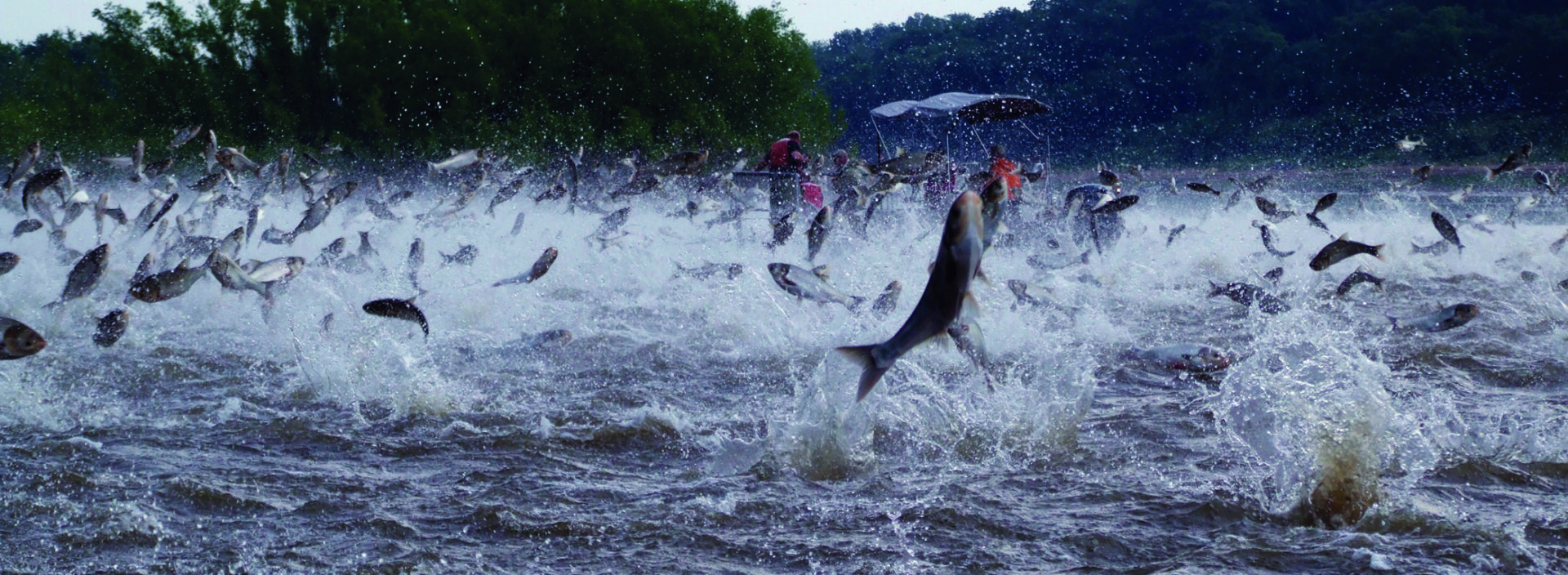[su_row]
[su_column size=”1/3″ center=”no” class=””] [/su_column]
[/su_column]
[su_column size=”1/3″ center=”no” class=””] [/su_column]
[/su_column]
[su_column size=”1/3″ center=”no” class=””] [/su_column]
[/su_column]
[/su_row]
Where did the water chestnut come from?
It was introduced to the U.S. in 1874 from a botanical garden. Native to southern Europe and Asia, the water chestnut is now established in Lake Ontario and parts of the northeastern U.S.
Why is it a problem?
Water chestnuts form dense mats of vegetation that can make boating or swimming impossible. When the plant decays in the fall, the process of decomposition reduces the amount of oxygen available in the water for fish. It can also inhibit the growth of native aquatic plants and limits the amount of light that reaches the water. Additionally, the mature nuts produced by the plant have sharp spines.
What does the water chestnut look like?
- The plant consists of floating rosettes on long, cordlike stems.
- Above water leaves are triangular, waxy and toothed.
- Below water leaves are feathery and paired.
- Leaf stems have a bladder-like bulge.
- Small white flowers can appear until frost.
- The nut produced is hard and spiny.
How does it spread?
The plant reproduces both by seed and by plant fragments. Rosettes may also float to new areas of water. 1 acre can produce enough seeds to cover 100 acres the following year, and nuts can be viable for 12 years.


